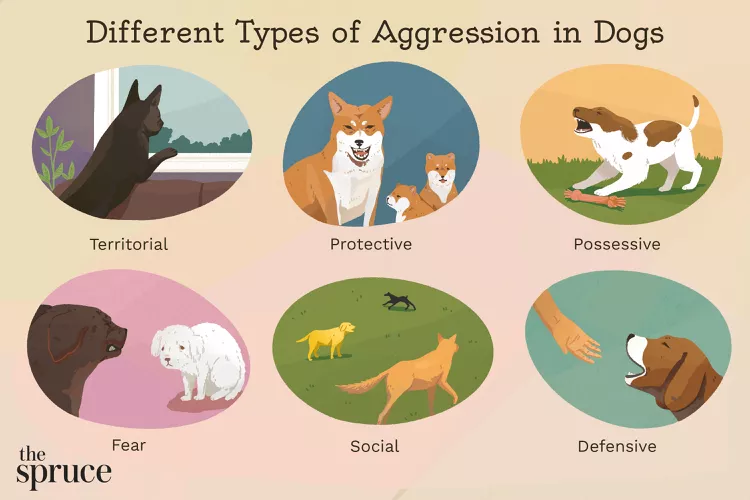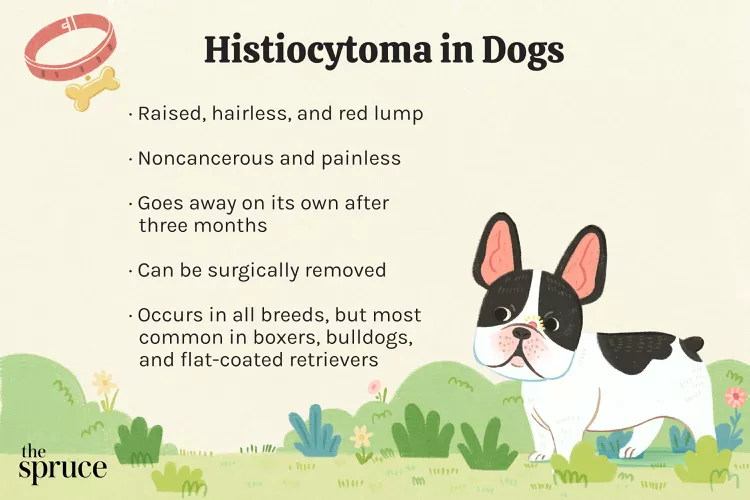
Dog eye injuries can be tough to avoid if your pup lives an active lifestyle. Rough play, exploring brushy woodlands, digging, or looking out an open car window are all activities that put dogs' eyes at risk of irritation or serious injury. Minor abrasions on the surface of the eye aren't usually a big deal, but any eye damage can become infected and may threaten the dog's vision. Whether it's "just a scratch" or a dog eye infection, a visit to the vet may help save your furry friend's eyesight.
An eye injury is any physical trauma to the eye. Common eye injuries include corneal laceration (cut or scratch to the eye surface), corneal ulcer (from chemicals, debris, or excessive rubbing), puncture wound (from any foreign object), eyelid trauma, or proptosis (when the eye pops out of its socket).
Many different eye diseases can affect dogs. Ocular symptoms can arise even without an injury. However, if your dog's eye has a noticeable wound on or around it, perhaps accompanied by blood, it's a good idea to visit the vet.
Even if you don't see an obvious wound or irritating particle in your dog's eye, signs of a problem may be as subtle as squinting, twitching, or spasms of the eyelid. Your dog may scrape its paw over the injured eye, blink rapidly, or experience excessive tearing.
Some injuries may affect your dog's ability to open its eye entirely. A bloodshot appearance in the white of the eye may indicate trauma or irritation. A yellow or greenish discharge can signal an infection, which may occur as a result of an injury.
Other types of eye problems can cause redness of the mucosal membrane surrounding the eye, cloudiness in the eyes, prolonged pupil dilation, an asymmetrical appearance of the eyes, and light sensitivity. Signs may be present in one or both eyes, which can sometimes confirm the presence of an injury versus a different issue.
If you notice your dog experiencing any of these symptoms, seek veterinary attention as soon as possible. Do not attempt home care for eye problems unless advised to do so by a professional. Since eye problems can be much worse than they look—and can progress very rapidly—don't risk your dog's vision or tolerance for pain.
An eye injury occurs when something comes into contact with your dog's eye and causes damage. These events may include:
Your veterinarian will examine your dog's eye using an opthalmascope to illuminate the eye and check for obvious damage or debris. If needed, a Schirmer tear (STT) will assess tear production, and your vet may also measure the intraocular pressure of the eye.
If your dog's eye injury is severe, your vet may refer you to a veterinary ophthalmologist for specialized care.
Depending on the diagnosis, a simple treatment of eye medication (antibiotic/anti-inflammatory ointment) and a follow-up exam may be recommended. Dogs with eye injuries may need to wear an E-collar (cone) or other dog recovery wear to prevent pawing or rubbing at the eye. The collar will also help protect the eye from hazards around the home.
Severe injuries may require surgery, which will be performed by an ophthalmologist.
If treated with the appropriate medication to prevent infection and heal injured tissue, a dog's eye will usually heal without lasting damage or vision loss. More severe injuries may leave scarring or impair a dog's vision for life.
Accidents happen, but you can take steps to help keep your dog safe and prevent injury. Because most injuries occur outdoors, supervise your dog at play, especially in areas with branches and brush or dense grass. Don't allow your dog to roam free since there is no way to protect it from injury while it's out of your sight. Lastly, while many dogs enjoy sticking their heads out in the wind while riding in a car, it's safest to not to allow this behavior.

Cute Pictures & Facts About Calico Cats & Kittens
Learn fascinating facts about calico cats, including photos, the genetics behind this color combination, and common folklore and traditions.
How to Prevent Cat Separation Anxiety During Vacations
Discover why cats develop litter box problems and cat behavior problems when you go on vacation and what you can do about it to help them.
Cat Behavior Changes That Might Mean Something's Wrong
Cats' behavioral changes may indicate problems—or they may mean nothing at all. Explore causes of odd behavior and what to do about them.
Lhasa Apso: Dog Breed Characteristics & Care
The Lhasa apso is an ancient breed from Tibet that was bred to be a watchdog. Learn about its history, health, exercise needs, and more.
Reasons Why Dogs Run Away and How to Stop It
Dogs can escape, especially if they’re bored and not properly contained. Here are some techniques for stopping your dog from running away.
Can Dogs Get Depression? How to Help Your Sad Dog
Can dogs get depression? Learn about the signs of depression in dogs and find out how to help your sad dog.
How to Stop Aggression in Dogs
Dog aggression can be a serious behavior issue for pet owners. Learn how to stop aggression in dogs before someone gets hurt.
How to Stop Your Dog From Growling
A growling dog can soon become even more aggressive. Reduce the noise and potential for a dangerous situation with some of these techniques.
Why Do Dogs Dig Holes? How to Stop Your Dog from Relandscaping Your Yard
Dogs have been digging holes for centuries and for many reasons. Whether they’re bored or want to cool off in the dirt, here are the top reasons why dogs dig holes.
Dog Treat Varieties
Learn about the different types of dog treats on the market and decide which are best for your dog.
Can Dogs Eat Asparagus?
Dogs can eat asparagus, provided the vegetable is cooked plain and cut up for them. Seasonings, salt, and butter make it unhealthy for dogs.
Histiocytomas in Dogs
A histiocytoma is a type of benign (non-cancerous) skin lump that usually affects young dogs. Learn the causes, treatment, and prevention.
Why Is My Dog’s Eye Swollen?
If your dog's eye is swollen, she may need veterinary attention. The inflammation could be caused by allergies, an injury, or even a tumor.
Common Bugs and Parasites Found on and Inside Dogs
Learn about common types of parasites in dogs. Find out how to treat and prevent parasites to keep your dog, your family, and yourself safe.
Exploring the Different Types of Pet-Friendly Beaches
Are you looking for pet-friendly beaches? Learn about the different types of pet-friendly beaches, their locations, and tips for visiting them with your pet.
10 Obscure, Little-known Canine Facts in Honor of National Dog Day
With National Dog Day upon us, it's time to celebrate everything about our favorite pets—even the weirder stuff. Here are 10 obscure facts about dogs you probably didn't know.
Kitten Development From 3 to 6 Months Old
Kittens grow and change a lot during their first year. Find out what happens between the ages of three months and six months old.
95 Siamese Cat Names
Our list of Siamese cat names has diverse and fun options to help you choose the ideal moniker for your elegant and lovable feline companion.
What to Buy for Your New Cat: A List of Essentials
Before you bring your new cat or kitten home, there are a number of things to collect or buy so your cat will feel welcomed like a family member.
The 6 Best Cat Nail Clippers of 2024 for a Safe Trim
Clipping your cat's nails can save your furniture and keep your kitty comfortable. We asked veterinarians for their cat nail clipper recommendations.